“Call Me By Your Name” seemed a sure-fire Oscar contender when I saw it months ago. Beginning the festival circuit at Sundance Film Festival back in January, the film received rave reviews. Now, almost one year later, the film is winning major film critic awards including Best Film and Best Director from the LA Film Critics Circle and numerous acting awards and nominations for its stars Timothee Chalamet, Armie Hammer, and Michael Stuhlbarg.
The film is an daringly bold and honest coming of age film about a 17 year-old boy, Elio (Chalamet) who is trying to find his identity back in the 1980’s. His family summers in Italy as his father is a professor of history, researching during this time period. When Oliver (Armie Hammer), the new college research assistant arrives, Elio’s sexual emotions are awakened and with a new-found flurry of thoughts, feelings and desires, he finds himself confused and struggling with his first love.
 The cinematically stunning film boldly addresses the powerfully intense emotions that occur in a young boy and how his family perceives his situation from the outside. I had the honor of sitting down and talking with Michael Stuhlbarg who portrays Elio’s father, Mr. Perlman, to discuss his career path, his own father’s influence upon his role, and how he hopes viewers will see this film.
The cinematically stunning film boldly addresses the powerfully intense emotions that occur in a young boy and how his family perceives his situation from the outside. I had the honor of sitting down and talking with Michael Stuhlbarg who portrays Elio’s father, Mr. Perlman, to discuss his career path, his own father’s influence upon his role, and how he hopes viewers will see this film.
Pamela Powell (PP): Your theater, television, and film credits are simply remarkable and you seem to have found a springboard recently to make a recognizable name for yourself with this film, “The Post,” and “The Shape of Water.” Can you tell me about your path?
 Michael Stuhlbarg (MS): The drive to do this kind of work with my life, I don’t really thoroughly understand where it comes from. I’ve been doing it since I was 11 years old. non prof until 1989… I’ve always loved storytelling, I’ve loved making people laugh and think and feel. And I stand on the shoulders of giants, really, whether it’s been my father or professors or teachers I’ve had who gave me confidence or encouraged me or taught me something that was important. We all are on the shoulders of others who took an interest in us. Saw something in us perhaps a passion or a love or a talent and made us feel like we could perform miracles, otherwise we wouldn’t be here… certainly wouldn’t be here without the people who influenced me in my life. And with each opportunity you’re given, you hope that you gain a little more confidence about what you’re capable of, with each job, it’s like starting all over again, honestly. I never know what tools are going to be necessary for a new job and there’s always a great sense of insecurity and anxiety about will I be able to fulfill what’s being asked of me… So you just have to trust your collaborators, you trust your director, and they also have tremendous influence on you as well.
Michael Stuhlbarg (MS): The drive to do this kind of work with my life, I don’t really thoroughly understand where it comes from. I’ve been doing it since I was 11 years old. non prof until 1989… I’ve always loved storytelling, I’ve loved making people laugh and think and feel. And I stand on the shoulders of giants, really, whether it’s been my father or professors or teachers I’ve had who gave me confidence or encouraged me or taught me something that was important. We all are on the shoulders of others who took an interest in us. Saw something in us perhaps a passion or a love or a talent and made us feel like we could perform miracles, otherwise we wouldn’t be here… certainly wouldn’t be here without the people who influenced me in my life. And with each opportunity you’re given, you hope that you gain a little more confidence about what you’re capable of, with each job, it’s like starting all over again, honestly. I never know what tools are going to be necessary for a new job and there’s always a great sense of insecurity and anxiety about will I be able to fulfill what’s being asked of me… So you just have to trust your collaborators, you trust your director, and they also have tremendous influence on you as well.
PP: This particular role of Elio’s father is one of compassion and understanding like I’ve never seen in a film. Tell me about preparing for this role, learning Italian and Greek history.
MS: In this case, I’m a Greek scholar who has an interest in history and art history…I met with a couple classics professors, talked to them about what it’s like to stand in front of a room and talk about encouraging students to know their latin and about coming off like you could speak italian. I took some [Italian] lessons in NY before I left. My tutor was from the South of Italy and then I learned that when I arrived [in Northern Italy] that the dialect and the meanings of some things are different than they are down south!
I loved what Luka said during the rehearsal process… He wanted this whole experience for the audience to be one of light, one of love, one of buoyancy. That idyllic summer that we may have been lucky enough to have had in our youth where we fell in love for the first time or we met someone we adored or we experienced something that just maybe encouraged us to take a particular path in our lives.
These are all great challenges and I think it’s a really good thing when you’re terrified at the beginning process. In some ways it puts a fire under you to do the best work that you can because you don’t want to be the one who doesn’t fulfill what the script is providing. Basically, you don’t want to screw up. So there’s always a fire there to always do the best I can. I guess you’re given a script, you mine it for what you’re responsible for and you do your best to learn all that you can so that you don’t have to think about it on the day that you’re shooting it. You just let it go, you let it fly.
PP: And it most certainly did fly! That final speech was extraordinarily moving. Was your relationship with your father an influence upon your performance?
There was a significant pause in Stuhlbarg’s response as I could see that perhaps this was a very emotional topic for him. As he took a deep breath, his eyes closed, he turned and looked at me and with a strong yet sombre voice said:
MS: My father was a wonderful man. He had a gravity about him and a wonderful sense of humor and he often said to me let’s solve the problems of the world. So I had an amazing example for a father in my life and I thought about him often, of course, in the making of the film. I think had the circumstances of my life had been similar to what Elio was going through, I imagined he would have been as compassionate and as open and as loving as Professor Perlman is to Elio. I feel like the luckiest kid in the world to have had such an example of wonderful parents, mother and father, to have encouraged me and have been open to anything that came into my life. So I feel like it rested and lived in a very natural part of who I am. I feel their blood in my blood and i feel like I had the kind of empathy that Professor Perlman has that I was blessed to have in my life.
PP: Thank you for answering that with such honesty and candor. I hadn’t realized your father had passed away…What do you hope viewers will take away from this film?
MS: I hope they just go along for the ride…and also that they will perhaps see an example in what I get to say of a beautiful sort of view into the difficult balancing act that is parenting which is compassion and love and trust, but also providing a sense of a rock from which a child could feel grounded in the world. I think in this instance, in the speech you mention, Professor Perlman gets to offer aspects of perhaps his own experience in a round about way to Elio that he hopes will allow his son to find some comfort in the pain that he is feeling. So perhaps the audience sill take away a relationship of compassion and of absolute love and the advice or the words that are offered are coming from a place of experience and generosity and for him not to push away the pain that he is feeling because and how wonderful it is that he’s feeling what he’s feeling because those feelings are rare.
“Call Me By Your Name” opens in theaters in Chicago December 15 and will expand nationally in the weeks to follow.
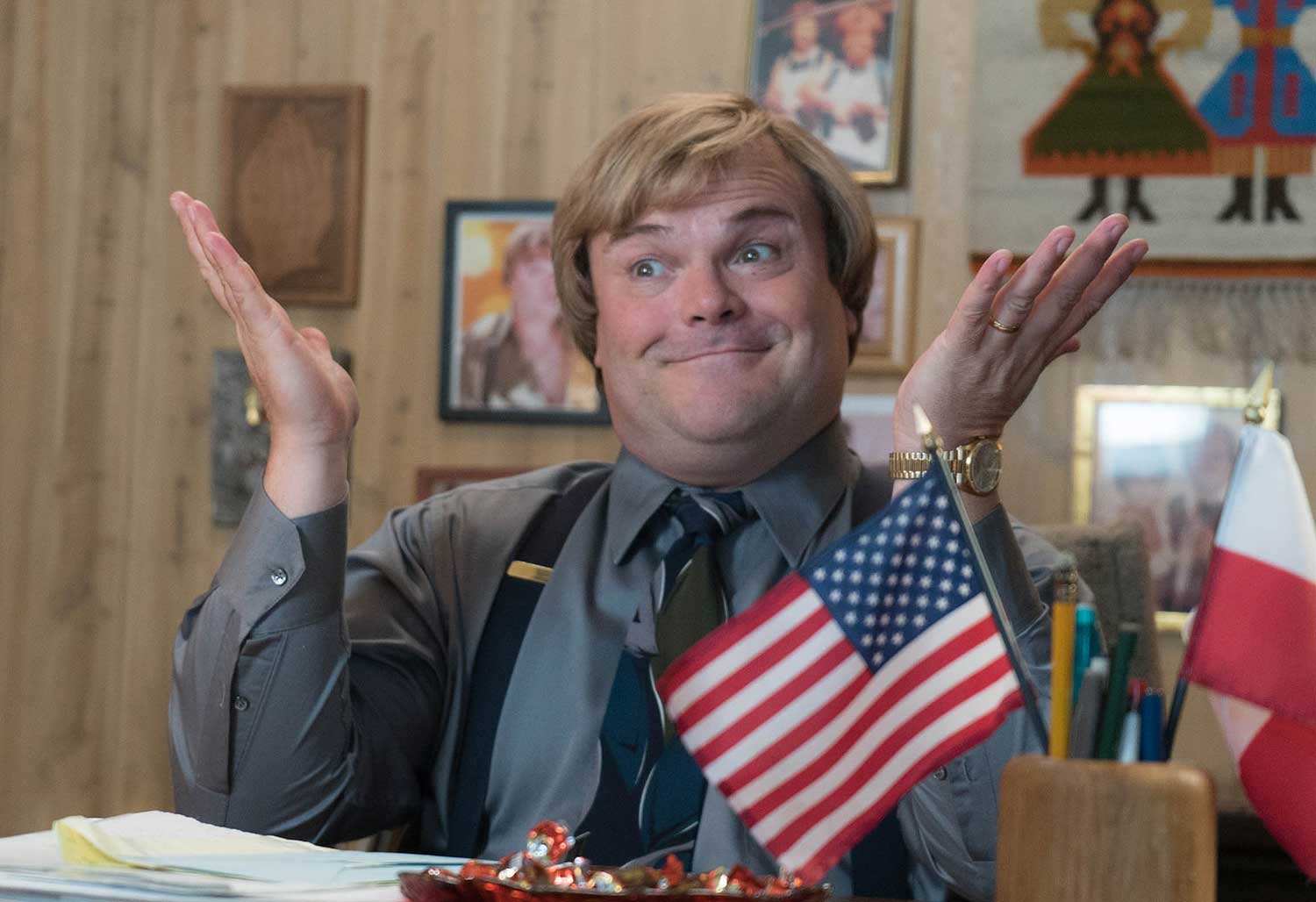


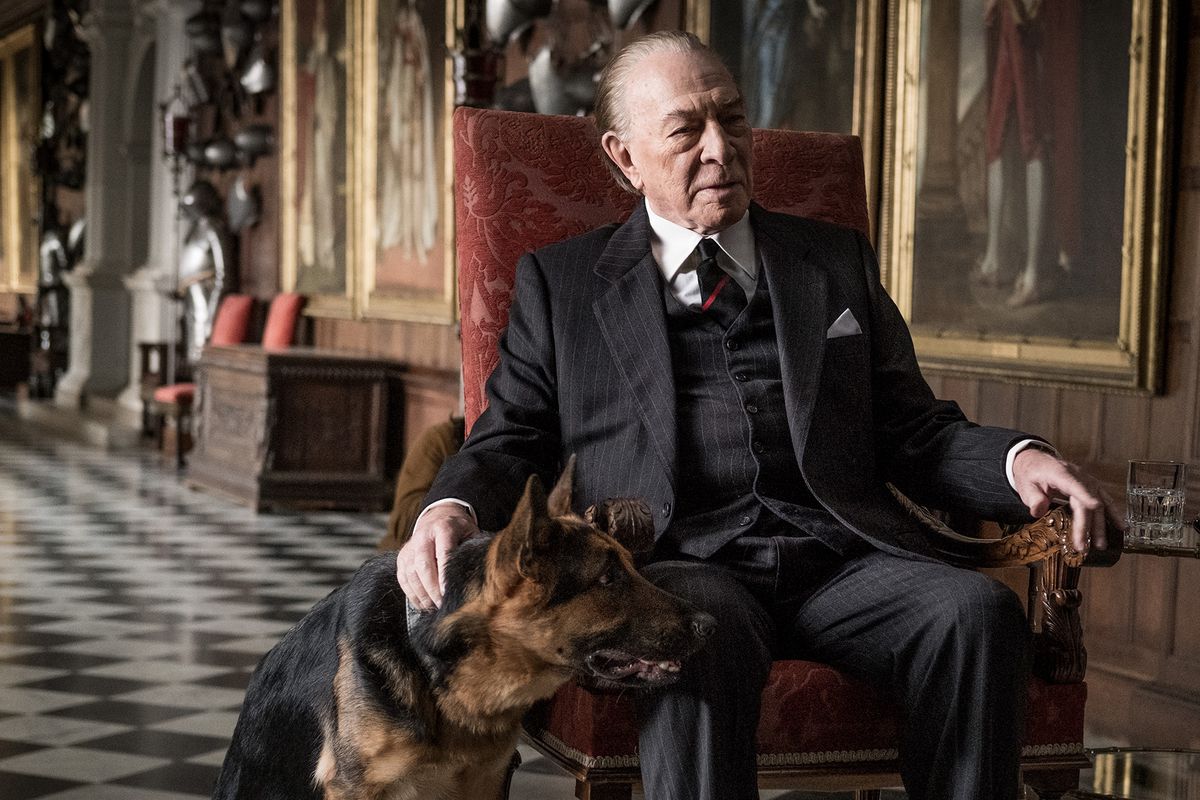
 This is Williams’ chance to shine in a film as the strong, independent, intelligent, and loving mother who attempts to find her son and pay for his release. She creates a multi-layered character filled with emotions most of us will thankfully never experience, yet we have such a connection with her and her situation. She drives the film without ever overwhelming any scene. Meeting with Mark Wahlberg’s character, Fletcher Chase, who is her father-in-law’s right hand man, the two must work together to find the truth behind the kidnapping. While this story-line in and of itself is remarkably intriguing, it is Plummer’s portrayal of the coincidentally Scrooge-like character that is simply chilling. He’s a business man with ice-cold gold coursing through his veins, seemingly devoid of the ability to love and have compassion. He’s shrewd and cunning with an edge to his voice that would make any person cower in his presence. His eyes seem almost soul-less as he worships the almighty dollar.
This is Williams’ chance to shine in a film as the strong, independent, intelligent, and loving mother who attempts to find her son and pay for his release. She creates a multi-layered character filled with emotions most of us will thankfully never experience, yet we have such a connection with her and her situation. She drives the film without ever overwhelming any scene. Meeting with Mark Wahlberg’s character, Fletcher Chase, who is her father-in-law’s right hand man, the two must work together to find the truth behind the kidnapping. While this story-line in and of itself is remarkably intriguing, it is Plummer’s portrayal of the coincidentally Scrooge-like character that is simply chilling. He’s a business man with ice-cold gold coursing through his veins, seemingly devoid of the ability to love and have compassion. He’s shrewd and cunning with an edge to his voice that would make any person cower in his presence. His eyes seem almost soul-less as he worships the almighty dollar.
 ability to have compassion, but there is more to his life that directly conflicts with these attributes.
ability to have compassion, but there is more to his life that directly conflicts with these attributes.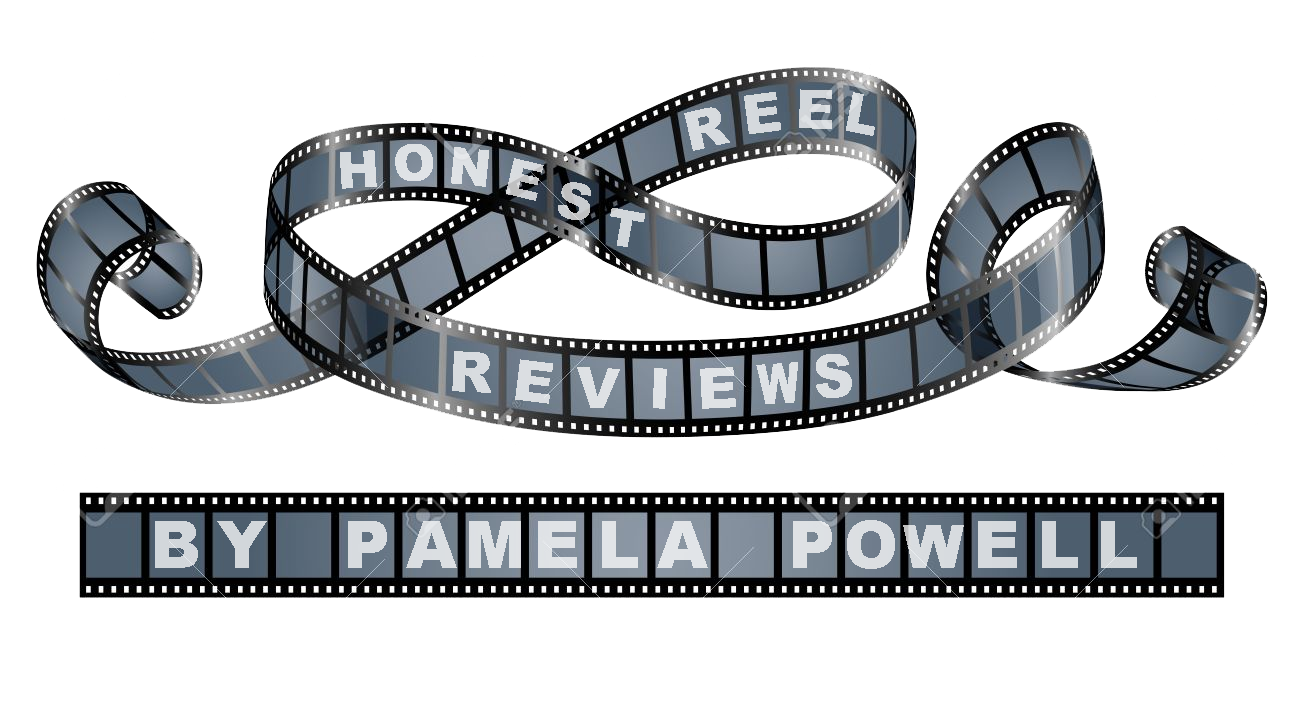
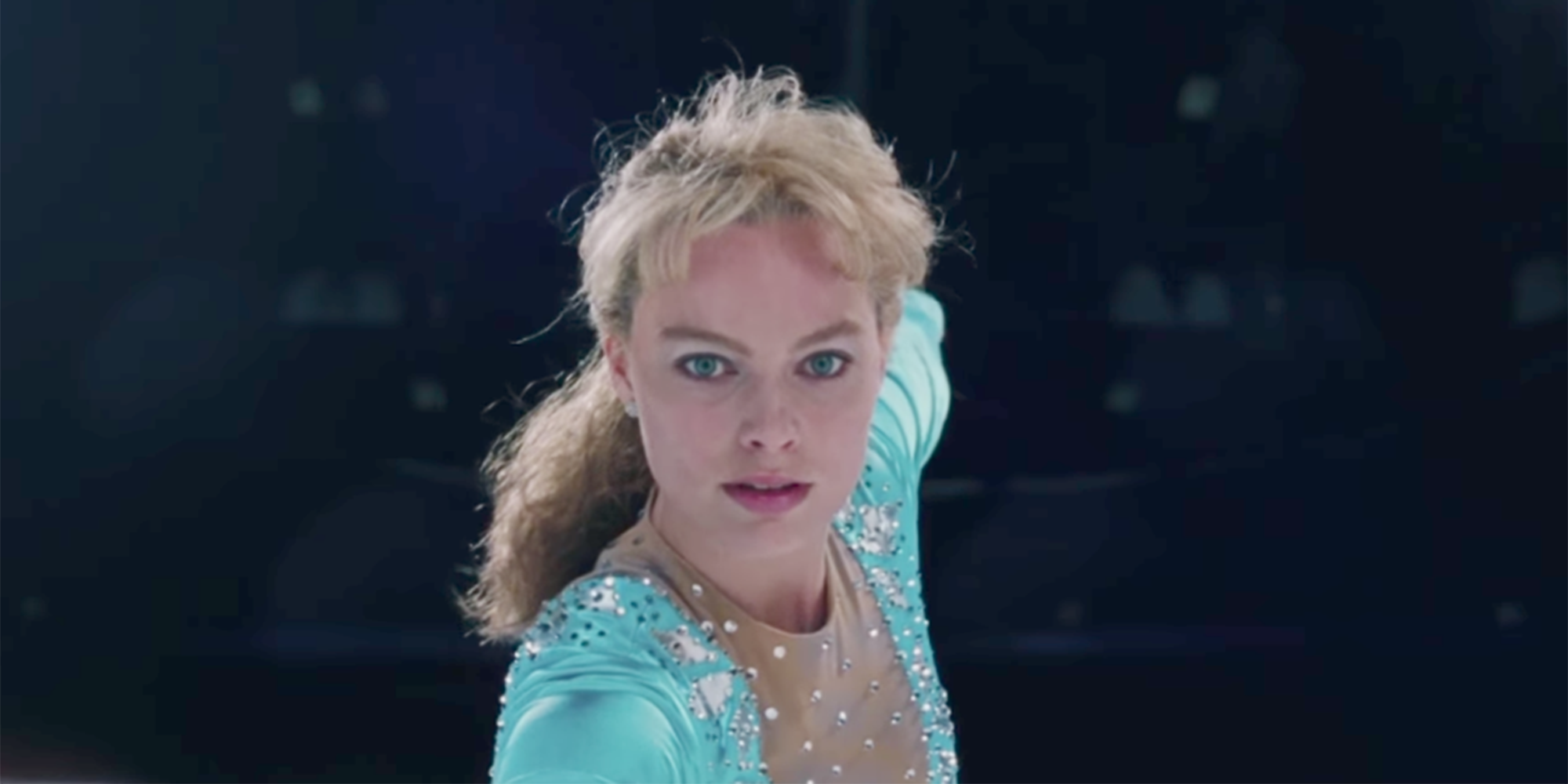
 biggest competitor, Nancy Kerrigan, was attacked and injured after practice. Harding, along with her body guard, Shawn Eckhardt, and ex-husband, Jeff Gillooly, were blamed for the attack. “I, Tonya,” written by Steven Rogers and directed by Craig Gillespie, take this bizarre story and create a captivating and hilarious movie using the truth and the real characters’ own words as a template. As the opening scene states, “Based on irony free, wildly contradictory, totally true interviews with Tonya Hardy and Jeff Gillooly.” There is no way anyone could make this stuff up!
biggest competitor, Nancy Kerrigan, was attacked and injured after practice. Harding, along with her body guard, Shawn Eckhardt, and ex-husband, Jeff Gillooly, were blamed for the attack. “I, Tonya,” written by Steven Rogers and directed by Craig Gillespie, take this bizarre story and create a captivating and hilarious movie using the truth and the real characters’ own words as a template. As the opening scene states, “Based on irony free, wildly contradictory, totally true interviews with Tonya Hardy and Jeff Gillooly.” There is no way anyone could make this stuff up! Harding (Margot Robbie) talks with us, the audience, in the current day. Overweight, unkempt, and sitting in her kitchen, she begins to tell us the story of her life, from her perspective. She takes us back to her upbringing, introducing us to her mother, LaVona Golden (Allison Janney) who makes Joan Crawford in “Mommie Dearest” look like an absolute sweetheart as we see Harding go through the school of hard knocks. We are transported back to Harding’s childhood at the age of 3, or as LaVona calls it, “a soft 4.” LaVona is physically, verbally, and emotionally abusive all the while justifying and rationalizing her behavior. We see the cruelty her mother invokes in every situation—there’s no edit mode and no thought that hitting your daughter repeatedly with a hair brush is wrong. The verbal abuse and demeaning behavior is used to motivate Tonya to skate better and the depths to which LaVona sinks are unthinkable. It’s shocking and quite disturbing yet explains Harding’s choices in life.
Harding (Margot Robbie) talks with us, the audience, in the current day. Overweight, unkempt, and sitting in her kitchen, she begins to tell us the story of her life, from her perspective. She takes us back to her upbringing, introducing us to her mother, LaVona Golden (Allison Janney) who makes Joan Crawford in “Mommie Dearest” look like an absolute sweetheart as we see Harding go through the school of hard knocks. We are transported back to Harding’s childhood at the age of 3, or as LaVona calls it, “a soft 4.” LaVona is physically, verbally, and emotionally abusive all the while justifying and rationalizing her behavior. We see the cruelty her mother invokes in every situation—there’s no edit mode and no thought that hitting your daughter repeatedly with a hair brush is wrong. The verbal abuse and demeaning behavior is used to motivate Tonya to skate better and the depths to which LaVona sinks are unthinkable. It’s shocking and quite disturbing yet explains Harding’s choices in life. Fast-forwarding to Harding at 16…she meets and falls in love with Jeff Gillooly (Sebastian Stan) who rescues her from her mother only to find out that she has gone from the fire to the frying pan. It’s an ugly cycle that unfolds before our eyes as we watch incredulously. Figure skating competitions become more important as Harding gets older and the involvement of “body guard” Shawn Eckhardt (Paul Walter Hauser) pushes the story into the realm of craziness. Hard Copy Journalist (Bobby Canavale) interjects his two cents into the matter, providing a balance of rationale as to what is completely outrageous. His quotes are shockingly memorable throughout the film such as “We had no idea that something like this could be done by two of the biggest boobs in a story populated solely by boobs,” as well as poking fun at the outlet’s reputation being equivalent to today’s “respected” publications.
Fast-forwarding to Harding at 16…she meets and falls in love with Jeff Gillooly (Sebastian Stan) who rescues her from her mother only to find out that she has gone from the fire to the frying pan. It’s an ugly cycle that unfolds before our eyes as we watch incredulously. Figure skating competitions become more important as Harding gets older and the involvement of “body guard” Shawn Eckhardt (Paul Walter Hauser) pushes the story into the realm of craziness. Hard Copy Journalist (Bobby Canavale) interjects his two cents into the matter, providing a balance of rationale as to what is completely outrageous. His quotes are shockingly memorable throughout the film such as “We had no idea that something like this could be done by two of the biggest boobs in a story populated solely by boobs,” as well as poking fun at the outlet’s reputation being equivalent to today’s “respected” publications.

 the game remains the same. The players must go through levels or challenges in order to complete the game and return to their lives. “Jumanji: Welcome to the Jungle” finds a way to be different in its ability to incorporate CGI, making us jump and gasp while we watch events unfold. And where this film stands out is in the characters’ transformation into the game’s characters. We see a skinny nerd, Young Spencer played by Alex Wolff, transform into Bravestone, Dwayne Johnson. (I’ll let your imagination do the work now.) The crazy and hilarious transformations continue with Young Fridge (Ser’Darius Blain), the buff football player becoming Mouse Finbar, a zoologist played by the comedic and the comparatively diminutive actor Kevin Hart. To round out the shocking transformations, the gorgeous popular girl, Bethany (Madison Iseman) turns into a middle-aged, overweight, scruffy paleontologist portrayed by Jack Black. Only Black could take this gorgeous yet self-centered phone-toting “it” girl and continue her persona making us believe that he is actually Bethany! From discovering how easy it is to pee in the woods to teaching Martha (Karen Gillan) the art of flirting, Black makes every situation laugh-out-loud funny. Every one of these actors has great comedic timing and the ability to do physical comedy—The Rock’s (Johnson) facial expressions alone make you smile and laugh—put all of these actors together and it’s absolute magic.
the game remains the same. The players must go through levels or challenges in order to complete the game and return to their lives. “Jumanji: Welcome to the Jungle” finds a way to be different in its ability to incorporate CGI, making us jump and gasp while we watch events unfold. And where this film stands out is in the characters’ transformation into the game’s characters. We see a skinny nerd, Young Spencer played by Alex Wolff, transform into Bravestone, Dwayne Johnson. (I’ll let your imagination do the work now.) The crazy and hilarious transformations continue with Young Fridge (Ser’Darius Blain), the buff football player becoming Mouse Finbar, a zoologist played by the comedic and the comparatively diminutive actor Kevin Hart. To round out the shocking transformations, the gorgeous popular girl, Bethany (Madison Iseman) turns into a middle-aged, overweight, scruffy paleontologist portrayed by Jack Black. Only Black could take this gorgeous yet self-centered phone-toting “it” girl and continue her persona making us believe that he is actually Bethany! From discovering how easy it is to pee in the woods to teaching Martha (Karen Gillan) the art of flirting, Black makes every situation laugh-out-loud funny. Every one of these actors has great comedic timing and the ability to do physical comedy—The Rock’s (Johnson) facial expressions alone make you smile and laugh—put all of these actors together and it’s absolute magic.
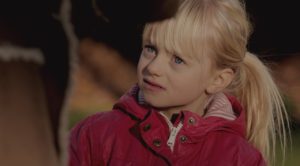

 The cinematically stunning film boldly addresses the powerfully intense emotions that occur in a young boy and how his family perceives his situation from the outside. I had the honor of sitting down and talking with Michael Stuhlbarg who portrays Elio’s father, Mr. Perlman, to discuss his career path, his own father’s influence upon his role, and how he hopes viewers will see this film.
The cinematically stunning film boldly addresses the powerfully intense emotions that occur in a young boy and how his family perceives his situation from the outside. I had the honor of sitting down and talking with Michael Stuhlbarg who portrays Elio’s father, Mr. Perlman, to discuss his career path, his own father’s influence upon his role, and how he hopes viewers will see this film. Michael Stuhlbarg (MS): The drive to do this kind of work with my life, I don’t really thoroughly understand where it comes from. I’ve been doing it since I was 11 years old. non prof until 1989… I’ve always loved storytelling, I’ve loved making people laugh and think and feel. And I stand on the shoulders of giants, really, whether it’s been my father or professors or teachers I’ve had who gave me confidence or encouraged me or taught me something that was important. We all are on the shoulders of others who took an interest in us. Saw something in us perhaps a passion or a love or a talent and made us feel like we could perform miracles, otherwise we wouldn’t be here… certainly wouldn’t be here without the people who influenced me in my life. And with each opportunity you’re given, you hope that you gain a little more confidence about what you’re capable of, with each job, it’s like starting all over again, honestly. I never know what tools are going to be necessary for a new job and there’s always a great sense of insecurity and anxiety about will I be able to fulfill what’s being asked of me… So you just have to trust your collaborators, you trust your director, and they also have tremendous influence on you as well.
Michael Stuhlbarg (MS): The drive to do this kind of work with my life, I don’t really thoroughly understand where it comes from. I’ve been doing it since I was 11 years old. non prof until 1989… I’ve always loved storytelling, I’ve loved making people laugh and think and feel. And I stand on the shoulders of giants, really, whether it’s been my father or professors or teachers I’ve had who gave me confidence or encouraged me or taught me something that was important. We all are on the shoulders of others who took an interest in us. Saw something in us perhaps a passion or a love or a talent and made us feel like we could perform miracles, otherwise we wouldn’t be here… certainly wouldn’t be here without the people who influenced me in my life. And with each opportunity you’re given, you hope that you gain a little more confidence about what you’re capable of, with each job, it’s like starting all over again, honestly. I never know what tools are going to be necessary for a new job and there’s always a great sense of insecurity and anxiety about will I be able to fulfill what’s being asked of me… So you just have to trust your collaborators, you trust your director, and they also have tremendous influence on you as well.
 The Chicago film Critics Association gathered last night to announce and celebrate the award winners from the amazing slate of films from 2017. Greta Gerwig’s “Lady Bird” was the big winner, taking home 4 wins after being nominated in 6 different categories. The film received the coveted Best Picture Award along with Best Actress-Saiorse Ronan, Best Supporting Actress-Laurie Metcalf, and Most Promising Filmmaker-Greta Gerwig.
The Chicago film Critics Association gathered last night to announce and celebrate the award winners from the amazing slate of films from 2017. Greta Gerwig’s “Lady Bird” was the big winner, taking home 4 wins after being nominated in 6 different categories. The film received the coveted Best Picture Award along with Best Actress-Saiorse Ronan, Best Supporting Actress-Laurie Metcalf, and Most Promising Filmmaker-Greta Gerwig.

 commanding leader’s position, but her real life tragedy seems to cast a constant shadow on her performance. Ridley remains just as strong, smart, and brave in this version, but it is Tran’s character that shines with personality. She’s exudes humor and timing that engage the viewer as we anticipate seeing her in another scene. Dern, of course, has a strength and wisdom about her character that radiates confidence, allowing us to trust in her character.
commanding leader’s position, but her real life tragedy seems to cast a constant shadow on her performance. Ridley remains just as strong, smart, and brave in this version, but it is Tran’s character that shines with personality. She’s exudes humor and timing that engage the viewer as we anticipate seeing her in another scene. Dern, of course, has a strength and wisdom about her character that radiates confidence, allowing us to trust in her character.
 Where the film truly shines is in the CGI and make-up departments; both absolutely stunning and mesmerizing. Serkis, once again, is completely unrecognizable as “Snoke.” His off-set eyes, creviced forehead, pocketed cheeks showing bones, tendons, and muscles are all wonderfully distracting. Of course, the film has a “party” scene, as it always does, to showcase bizarre creatures and this time it’s in a casino. And let’s not forget the Puffin-like bird creature that will be showing up on every toy shelf just in time for Christmas. Yes, it’s adorable and it’s Chewbacca’s sidekick. Need I say more?
Where the film truly shines is in the CGI and make-up departments; both absolutely stunning and mesmerizing. Serkis, once again, is completely unrecognizable as “Snoke.” His off-set eyes, creviced forehead, pocketed cheeks showing bones, tendons, and muscles are all wonderfully distracting. Of course, the film has a “party” scene, as it always does, to showcase bizarre creatures and this time it’s in a casino. And let’s not forget the Puffin-like bird creature that will be showing up on every toy shelf just in time for Christmas. Yes, it’s adorable and it’s Chewbacca’s sidekick. Need I say more?
 The balance in this story is immediately evident when we meet Strickland. He’s inhumane, self-righteous, and controlling. He is the polar opposite of Elisa who embodies humility, compassion, and love. Elisa’s inadvertent discovery of the creature is simply beautiful while Strickland’s interactions with him is unsettling and in many cases simply disturbing. With Dr. Hofstettler obeying orders against his will and better judgment, we learn that he has a story of his own to tell. And eventually, his story and Elisa’s intertwine.
The balance in this story is immediately evident when we meet Strickland. He’s inhumane, self-righteous, and controlling. He is the polar opposite of Elisa who embodies humility, compassion, and love. Elisa’s inadvertent discovery of the creature is simply beautiful while Strickland’s interactions with him is unsettling and in many cases simply disturbing. With Dr. Hofstettler obeying orders against his will and better judgment, we learn that he has a story of his own to tell. And eventually, his story and Elisa’s intertwine.